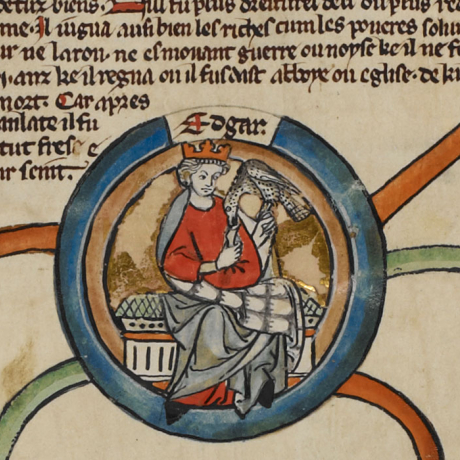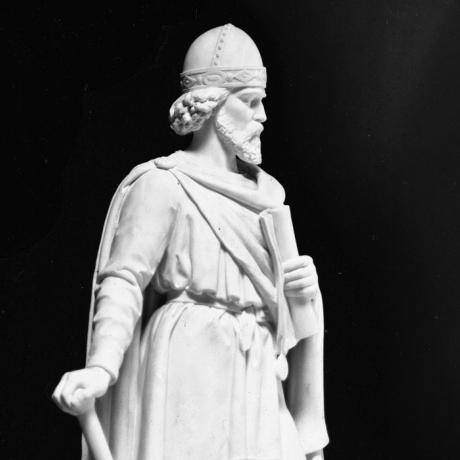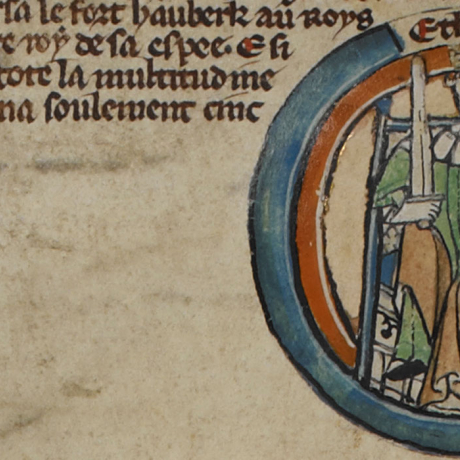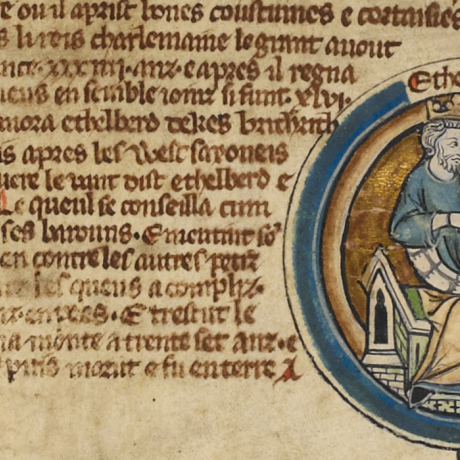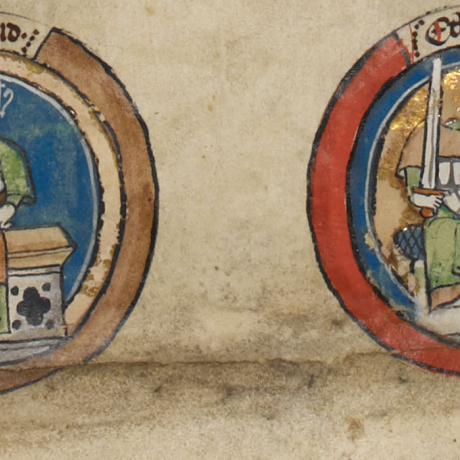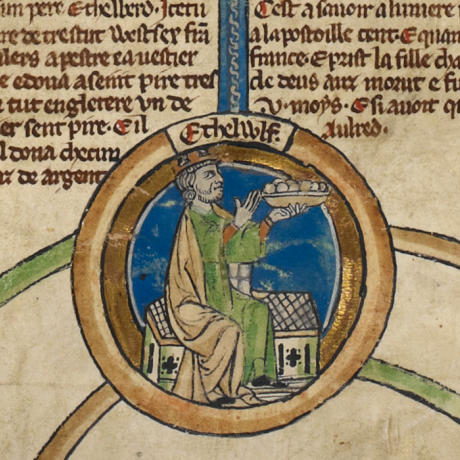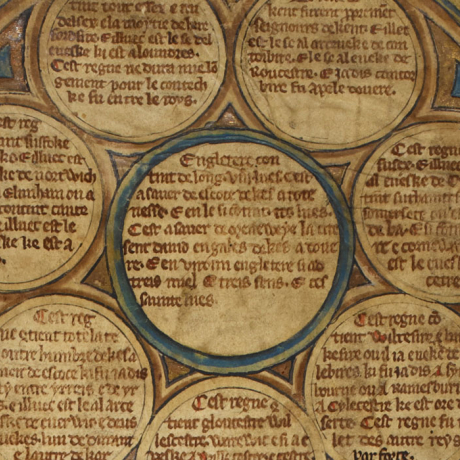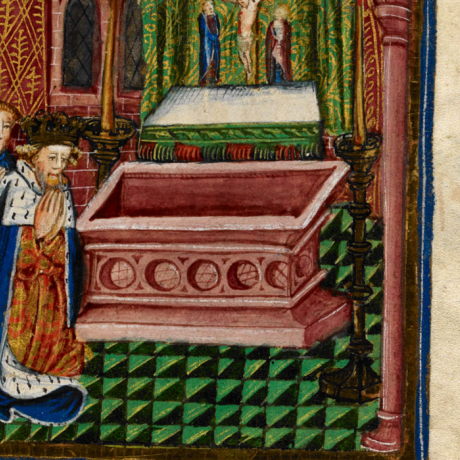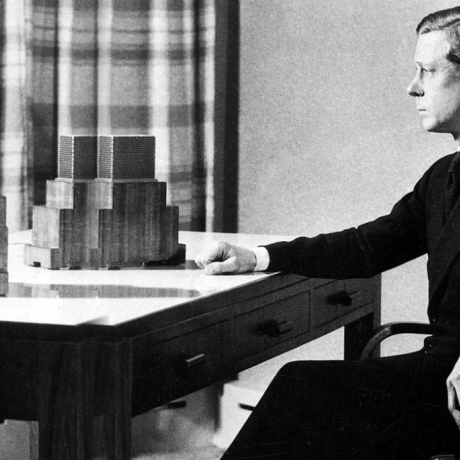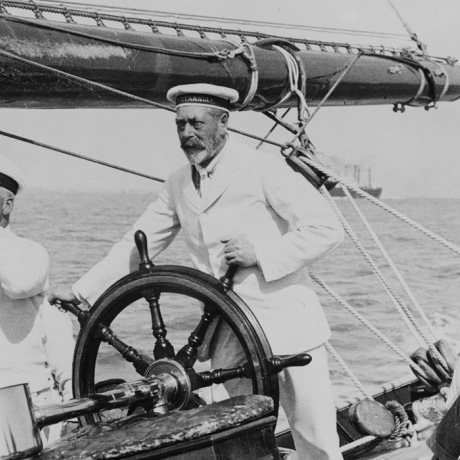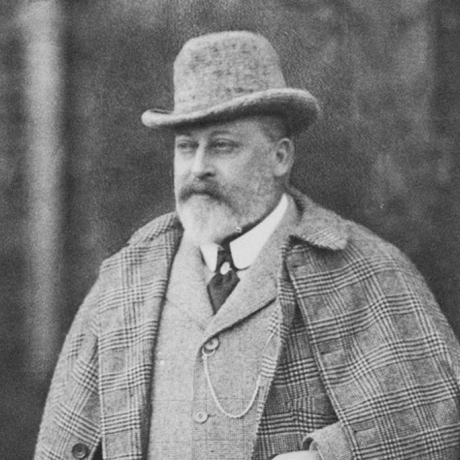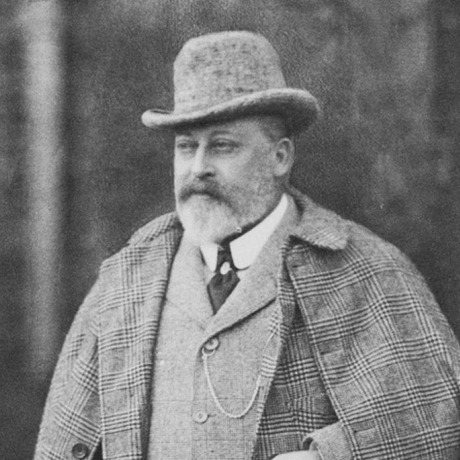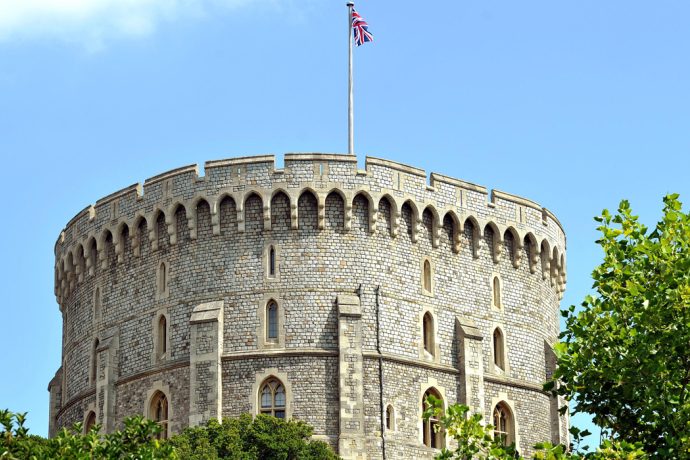Edgar, king in Mercia and the Danelaw from 957, succeeded his brother as king of the English on Edwy's death in 959. His death probably prevented civil war breaking out between the two brothers.
Edgar was a firm and capable ruler whose power was acknowledged by other rulers in Britain, as well as by Welsh and Scottish kings.
Edgar's late coronation in 973 at Bath was the first to be recorded in some detail; his queen Aelfthryth was the first consort to be crowned queen of England.
Edgar was the patron of a great monastic revival which owed much to his association with Archbishop Dunstan. New bishoprics were created, Benedictine monasteries were reformed and old monastic sites were re-endowed with royal grants, some of which were of land recovered from the Vikings.
In the 970s and in the absence of Viking attacks, Edgar - a stern judge - issued laws which for the first time dealt with Northumbria (parts of which were in the Danelaw) as well as Wessex and Mercia. Edgar's coinage was uniform throughout the kingdom. A more united kingdom based on royal justice and order was emerging.
The Monastic Agreement (c.970) praised Edgar as 'the glorious, by the grace of Christ illustrious king of the English and of the other peoples dwelling within the bounds of the island of Britain'.
After his death on 8 July 975, Edgar was buried at Glastonbury Abbey, Somerset.
Edgar's position in the genealogical roll of the Kings of England © The British Library Board, Royal 14 B. VI

